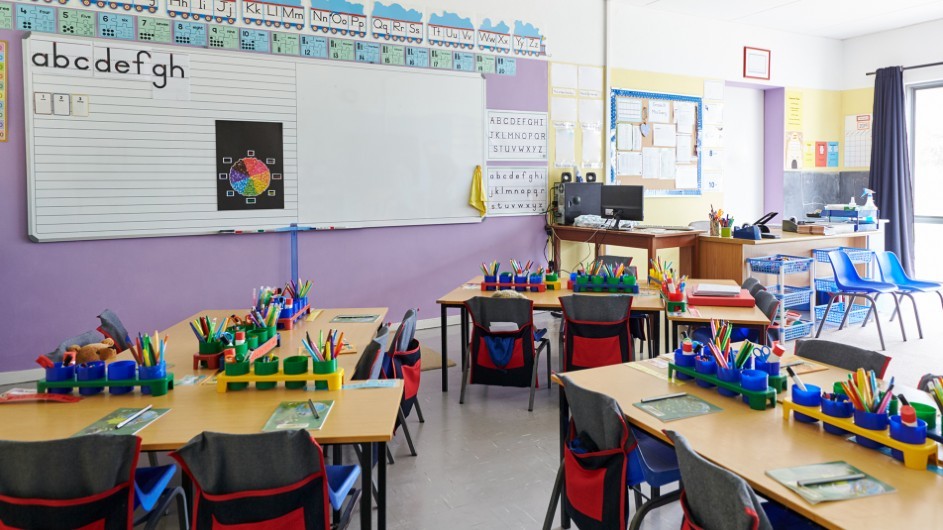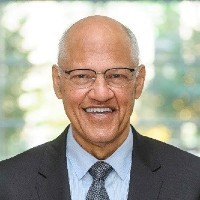Could School Reopenings Trigger the Next COVID-19 Wave?
During the reopening of the economy, a testing and tracing strategy will likely prevent a second wave, but schools present a different situation.

Closing schools and businesses, as well as behavioral changes—mask wearing, hand hygiene and social distancing—slowed the spread of COVID-19 in the United States, as they have elsewhere. The coming summer months will see the staged reopening of stores, shops, bars, restaurants and other businesses. As the process will be gradual and not all customers are likely to rush back, a testing and tracing strategy will make it possible to identify hotspots and enable a rapid response before a second wave can be triggered.
School reopenings, however, present an entirely different situation of heightened risks. It will neither be gradual nor staged. Over a matter of a few weeks more than 57 million pre-kindergarten through grade 12 students and 3.7 million teachers will return en masse and populate more than 130,000 schools nationwide.
School reopenings are almost always accompanied by sudden spikes in infections. Absenteeism increases. Children afflicted with respiratory or gastrointestinal illnesses fill the waiting rooms of pediatricians. Teachers are affected, and with nearly 19 percent of teachers 55 years or older, the likelihood of re-entering crowded, closed quarters with large numbers of students becomes a cause for great concern. It is also well recognized that school children bring their viruses home and infect the adults in their households in turn.
ISERP's New Center for Pandemic Research
There are compelling reasons to reopen schools. Argument has been made that opening up schools is unlikely to increase the transmission of COVID-19 to older people, but it rests on thin evidence and is in our view unconvincing. We would like to make the strongest case that school leaders must take every possible precaution to reduce the risk that they will become dangerous hotspots.
There is a body of literature that indicates that masks, hand sanitizers, frequent hand washing and disinfection can reduce illness-related school absenteeism. Use of these tools and other measures, such as social distancing, may well be effective in reducing COVID-19 transmission in schools and are recommended in the CDC guidelines for schools.
Not all schools will be equally vulnerable to COVID-19 or equally prepared to acquire and use masks, hand sanitizers and disinfectants. A recent report in JAMA described the strikingly higher rates of COVID-19-related hospitalizations and deaths in those New York City boroughs with the highest proportion of racial and ethnic minorities and the deepest levels of poverty.
During the first wave of the pandemic, hospitals in hard hit cities struggled to acquire needed equipment and supplies, including sufficient personal protective equipment for their frontline health care staff. Financially strong hospitals with wealthy friends and donors, unsurprisingly, had much greater success than small hospitals in poor communities in acquiring what they all needed.
As we make preparations for reopening, schools should not find themselves in a position where they cannot afford the supplies they need to protect their students and teachers. They certainly should not be competing against hospitals and businesses.
Now is the time for Congress to pass legislation to establish and fund a program to ensure the manufacture, procurement and distribution of supplies to all schools. Such measures would prevent the inequities that occurred during the first wave. The consequences of not taking action are clear: If schools do not have supplies there will be outbreaks; they will be amplified; and they will spread throughout communities, especially in poorer ones that clearly are more vulnerable.

Lawrence R. Stanberry, M.D., Ph.D., a leading authority in infectious diseases, is the Associate Dean for International Programs and Director of the Programs in Global Health at Columbia University’s Vagelos College of Physicians and Surgeons.

Wilmot James, a former South African Member of Parliament and contributing author to and editor of Vital Signs: Health Security in South Africa (Brenthurst Foundation, 2020), is a Visiting Professor of Political Science at Columbia University and teaches a course on Global Health Security and Governance.
This column is editorially independent of Columbia News.